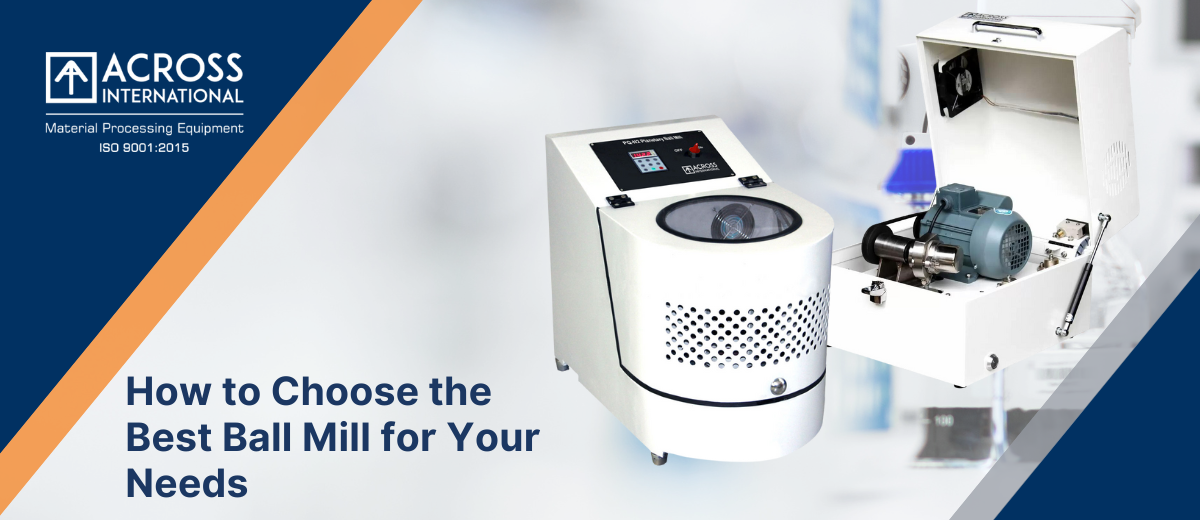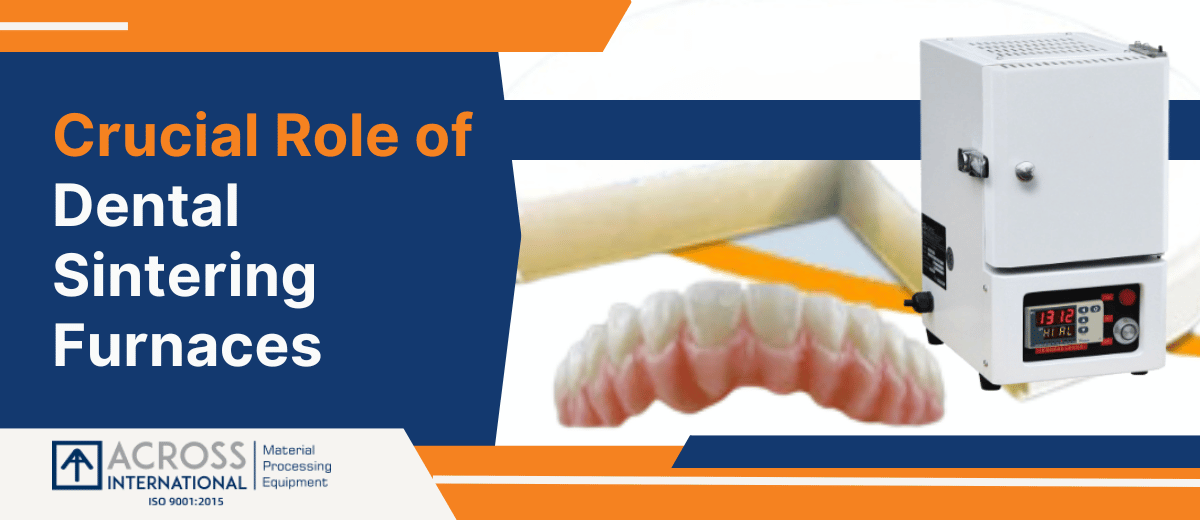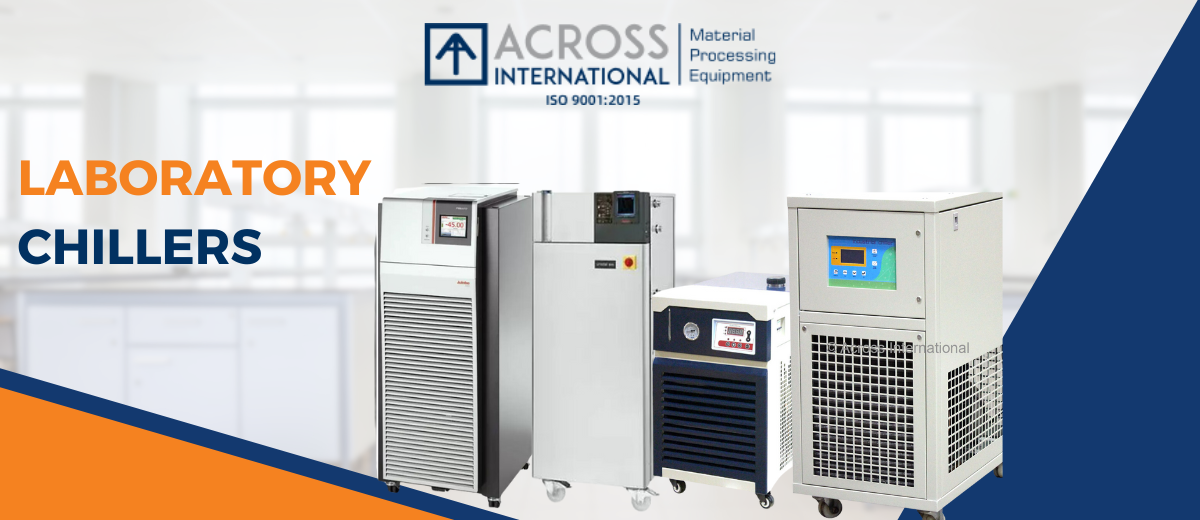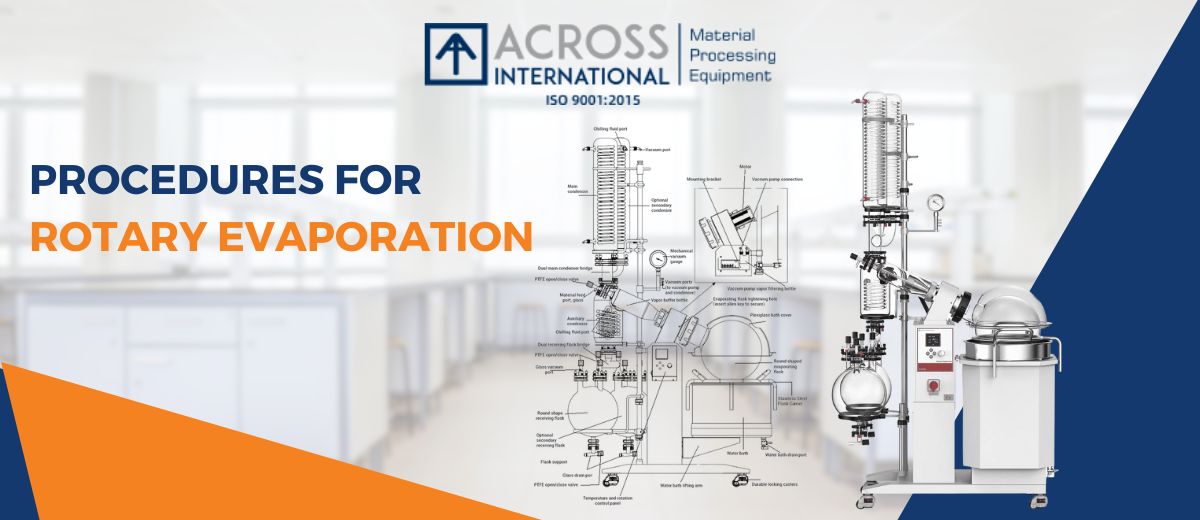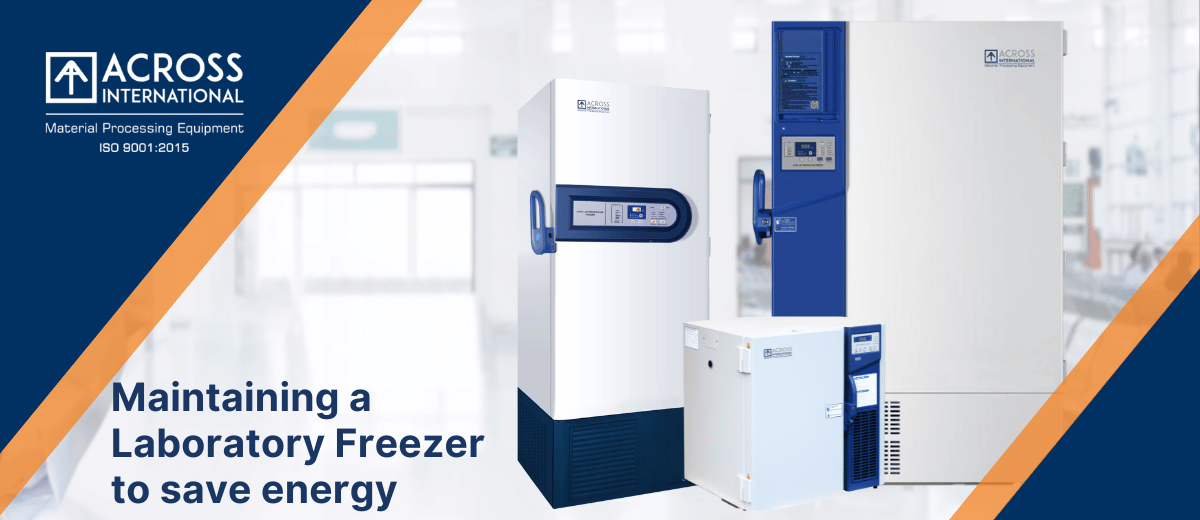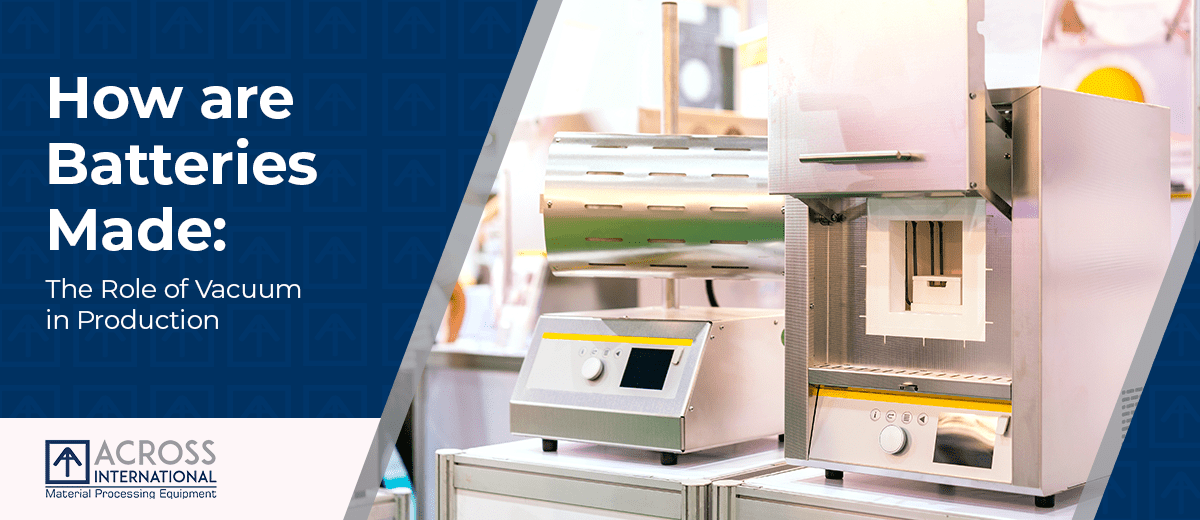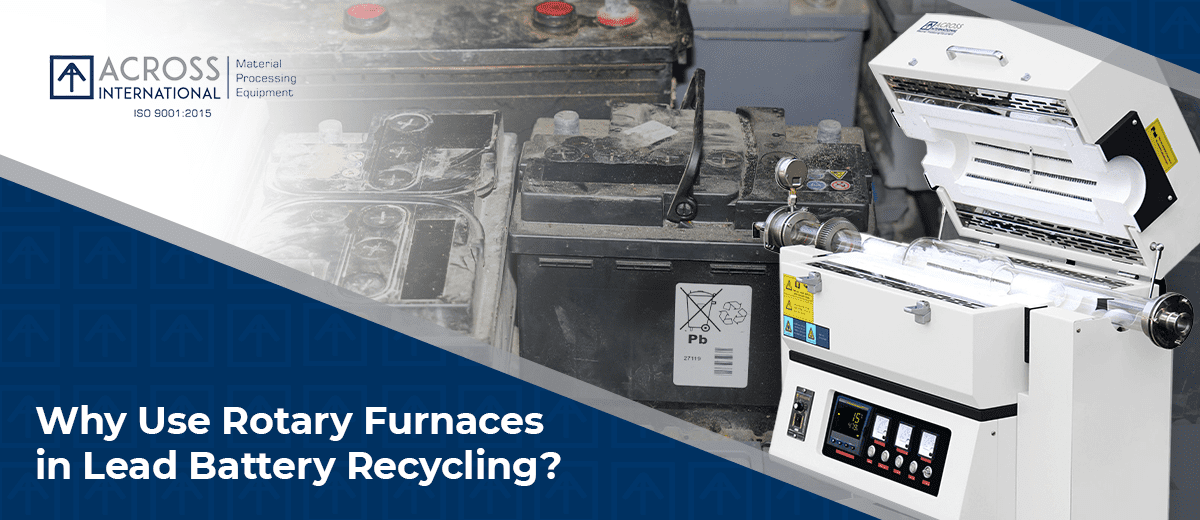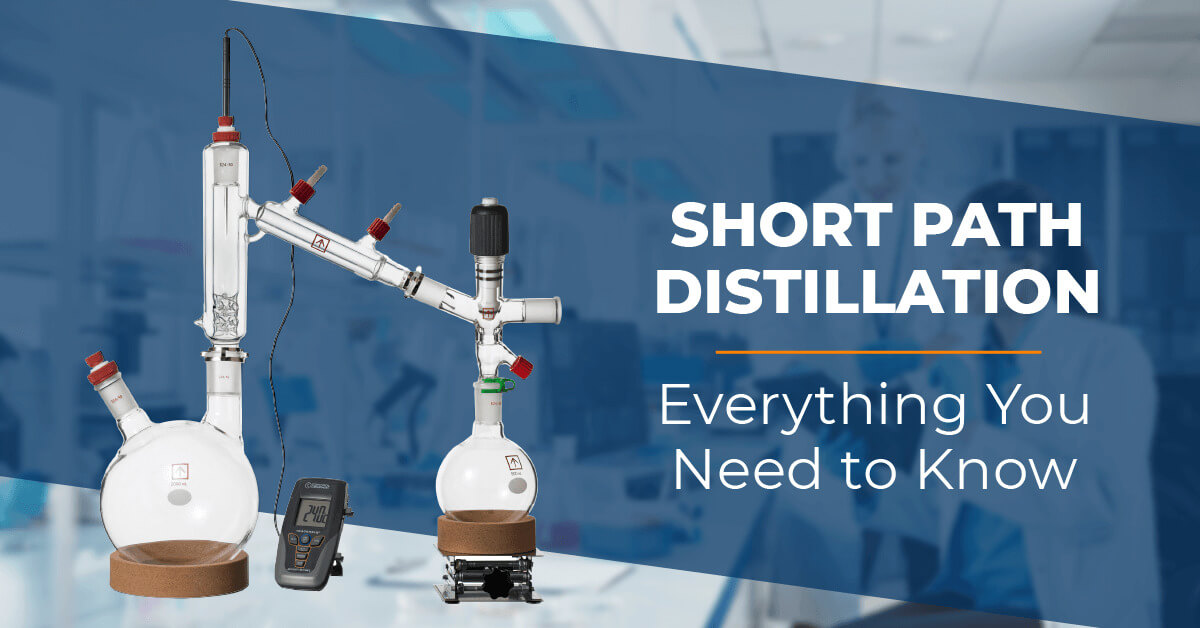We use cookies to make your experience better. To comply with the new e-Privacy directive, we need to ask for your consent to set the cookies. Learn more.
When choosing pellet pressing dies and presses for research
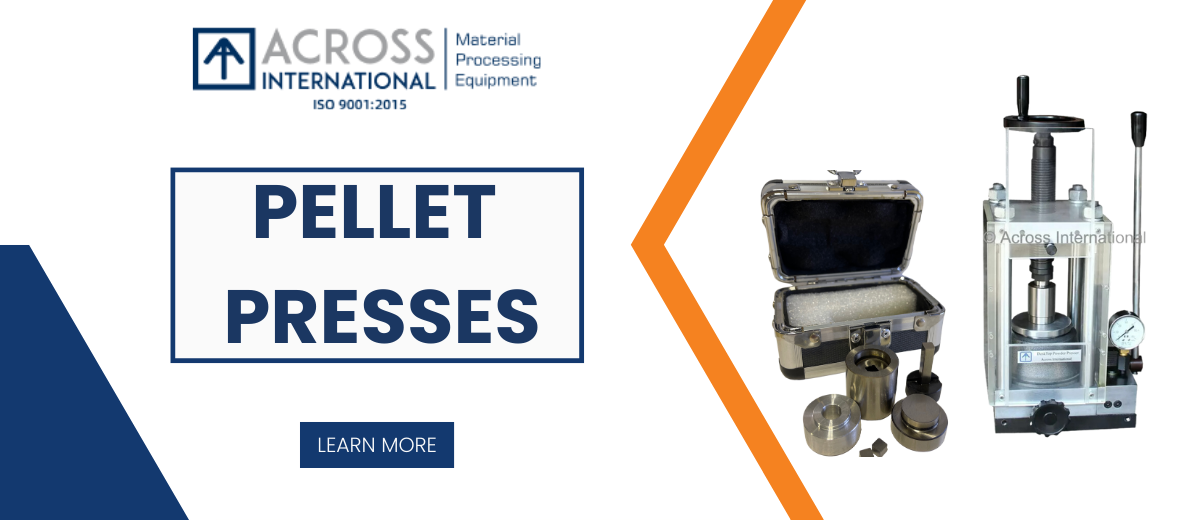
Pellet pressing dies and presses are used to produce pellets from a variety of materials, including biomass, food, and minerals. The die is a mold that shapes the pellet, while the press applies the pressure to form the pellet.
Pellet pressing dies are typically made of hardened steel or stainless steel. They are available in a variety of shapes and sizes, depending on the type of pellet being produced. For example, biomass pellets are typically cylindrical, while food pellets can be various shapes.
Pellet presses are also available in a variety of sizes and configurations. Small presses are often used for household or laboratory applications, while large presses are used for industrial applications.
Pellet pressing dies and presses are used in a wide variety of industries, including:
Bioenergy: Pellet pressing dies and presses are used to produce biomass pellets, which are a renewable energy source.
Mineral processing: Pellet pressing dies and presses are used to produce mineral pellets, such as iron ore pellets and coal pellets.
Here are some of the benefits of using pellet pressing dies and presses:
Efficiency: Pellet pressing dies and presses are a very efficient way to produce pellets. They can produce many pellets in a short amount of time.
Consistency: Pellet pressing dies and presses produce pellets that are consistent in size and shape. This is important for many applications, such as biomass combustion and food processing.
Durability: Pellet pressing dies and presses are made of durable materials that can withstand the high pressures and temperatures involved in pellet production.
When choosing pellet pressing dies and presses for research, it is important to consider the following factors:
Material: The type of material being pelletized will determine the type of die and press required. For example, biomass pellets require a different type of die and press than mineral pellets.
Size and shape: The size and shape of the pellets will also determine the type of die and press required.
Production capacity: The required production capacity will also be a factor in the selection of a pellet press.
Here are some safety guidelines for research students using pellet pressing dies and presses:
* Always wear appropriate safety gear, such as eye protection, gloves, and a dust mask.
* Be aware of the potential for hazards, such as pinch points, moving parts, and hot surfaces.
* Follow the manufacturer's instructions carefully.
* Be aware of the potential for fire and explosion, especially when pelletizing flammable materials.
Here are some creative ideas for using pellet pressing dies and presses in research:
* Develop new pellet compositions for improved performance or functionality.
* Investigate the effects of different pellet pressing parameters on pellet quality.
* Use pellet pressing dies and presses to create new products, such as novel food products or pharmaceutical formulations.
If you are a research student interested in using pellet pressing dies and presses, be sure to consult with your supervisor for guidance and support.
Across International is a company that provides a wide range of pellet pressing dies and presses for various industries such as minerals, ceramics, pharmaceuticals and materials science . They offer a vast selection of press die sets and hydraulic pellet presses, including custom solutions for pressing dry powder pellets into various shapes and sizes. They also provide both hardened steel and tungsten carbide pellet pressing dies.


